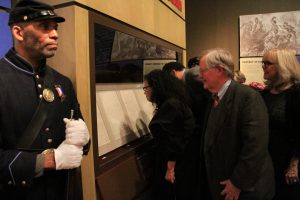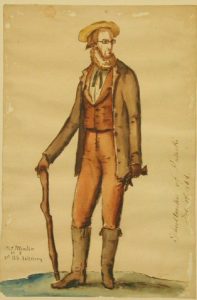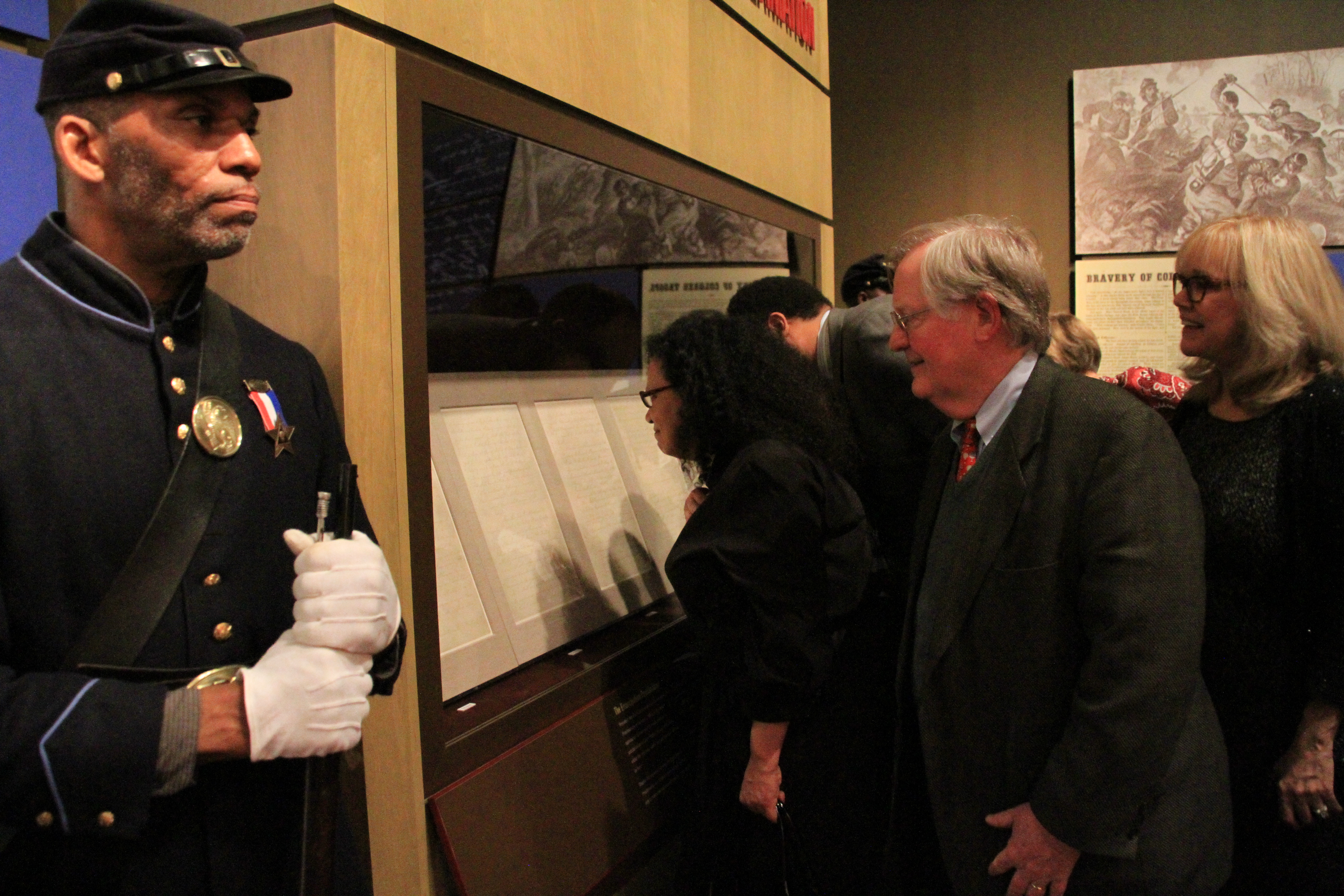By Rob DeHart
Tennessee State Museum

The Season 2 finale of Mercy Street ties up a number of plotlines while leaving a few lingering questions. One of the major themes of the series is how African Americans continued their march toward freedom and in telling these stories, Mercy Street also hits upon the main injustices of slavery.
 In my career as a public historian, I have fought against the too common belief that slavery “really was not that bad.” Some people would argue that slaves had decent clothing, food, and shelter, whereas the poor in the urban North did not always have these things. This was especially true for the thousands of Irish immigrants arriving in the United States just prior to the Civil War. Thus, according to these deniers, some free persons had it as bad as or worse than slaves.
In my career as a public historian, I have fought against the too common belief that slavery “really was not that bad.” Some people would argue that slaves had decent clothing, food, and shelter, whereas the poor in the urban North did not always have these things. This was especially true for the thousands of Irish immigrants arriving in the United States just prior to the Civil War. Thus, according to these deniers, some free persons had it as bad as or worse than slaves.
But as Mercy Street has pointed out – particularly in the Season 2 finale – the fallacy of this argument is that quality of life is also based on freedom of choice. How would it feel to have your children sold away from you or to be denied the right to marry whom you please? How would it feel to know you will never be permitted to do anything beyond backbreaking labor that enriches your owner? These and a host of other injustices are what made slavery so horrific.
It is one of the great triumphs of American history that freed African Americans immediately exercised their new rights by getting educated, joining the army, finding paid work and getting married. As on Mercy Street, former slaves and missionary groups especially viewed education as a source of empowerment. Tennessee was one of the few Southern states that did not have laws prohibiting the education of slaves, but few slaveholders provided lessons.

During the Civil War, large numbers of contraband slaves poured into cities from plantations hungering for an education and African Americans started some of the first schools for freedpeople to satisfy that demand. In Nashville in 1862, the Rev. Daniel Wadkins, a free black Baptist minister, started a school for freed slaves. Schools for freedpeople were also established in Pulaski, Columbia, Springfield and Memphis. Organizations in the North sent black and white teachers to Tennessee to fill the need for instructors.
One way students used their new writing skills was to send letters to the Northern organizations that offered support. Alice Walker, who was studying at a freedpeople school in Gallatin, wrote to her Northern benefactor: “It is true I am very small but the small can do something, I want to be useful while I am young, and when I grow up I hope to make a useful woman. . . I want to see the day when our race will be educated. We are learning very fast and if we keep on will be able to teach others.” These are powerful words from an 11-year-old who had just escaped bondage, words that would ring true in 1866 when Fisk University was established with the goal of training African-American teachers.
African Americans seized freedom for themselves, but as shown in Mercy Street, there was great significance to President Lincoln issuing the Emancipation Proclamation. In some ways, the Proclamation was more symbolic than practical. Lincoln took a lot of heat for it, even from abolitionists, because it failed to liberate slaves in states occupied by the Union Army. Therefore, the Proclamation did not have any effect on slaves in Tennessee. Lincoln did not want to antagonize Unionists who were slaveholders (yes, they really did exist), so they were exempted. Only slaves in Rebel states, over which Lincoln had very little control, were freed. The document made it more difficult for the Confederacy to claim that the war was about states’ rights and economic issues. The Proclamation attempted to make the war a moral struggle.

In February 2013, thanks to funding provided by Gov. Bill Haslam and the Tennessee General Assembly, the Tennessee State Museum became the only Southeastern stop on an unprecedented tour of the original Emancipation Proclamation from the National Archives. Because the document is so sensitive to light, it is rarely viewed by the public, but it was brought out for the 150th anniversary of the Civil War. The National Archives only permitted it to be displayed for 72 hours over a seven-day period. The response was overwhelming – around 30,000 people came to the museum to view the document. Anyone can find copies of the Proclamation online, but clearly, people wanted to be in the presence of the original that still resonates today. This document in concert with the actions of tens of thousands of freedpeople changed the course of American history.
Rob DeHart received his M.A. in public history from Middle Tennessee State University, is a peer reviewer for the American Alliance of Museums and is currently developing content for the new Tennessee State Museum opening in 2018.
